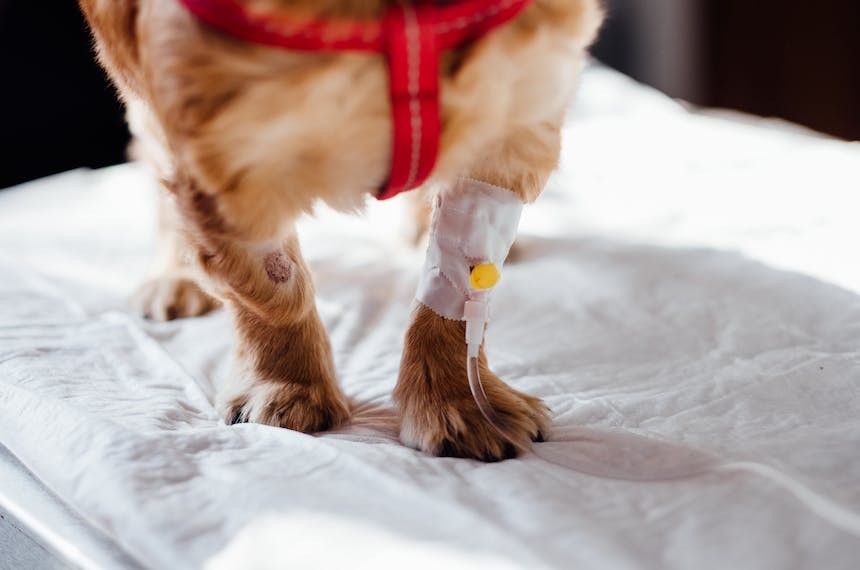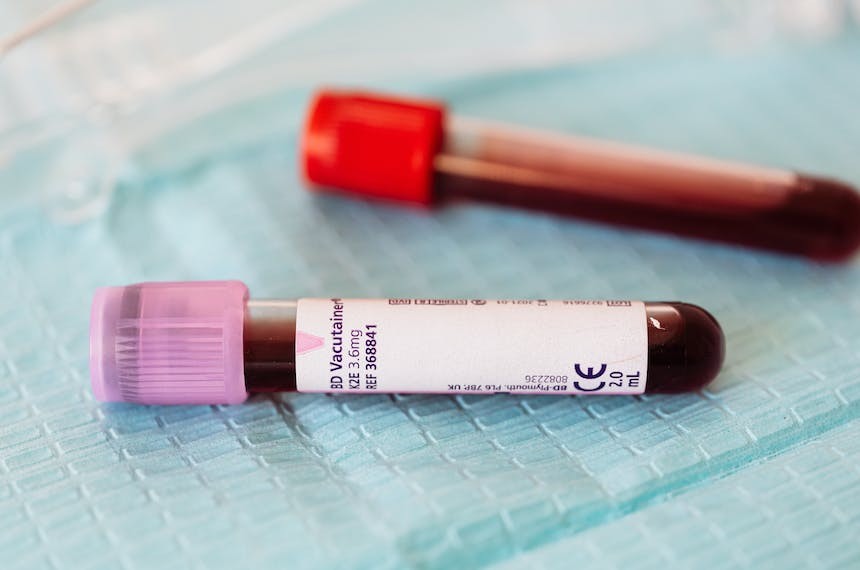
Peripheral neuropathy
Peripheral neuropathy encompasses polyneuropathy, radiculopathy, and mononeuropathy, often presenting with symmetrical distal sensory loss, burning sensations, or motor weakness. Common causes include diabetes, renal impairment, amyloidosis, alcohol abuse, HIV, and certain medications. Treatment focuses on managing the underlying disease and symptom relief. Medications like gabapentin, duloxetine, pregabalin, and carbamazepine are used for symptom control, sometimes alongside tramadol, NSAIDs, or narcotics for pain. Severe cases may require surgical interventions like epidural injections. Physical therapy, foot care, and use of orthoses are important for lifestyle improvement and preventing complications like foot ulcers.
Peripheral Neuropathy Overview
Peripheral neuropathy includes polyneuropathy, radiculopathy and mononeuropathy. Polyneuropathy is usually characterised by symmetrical distal sensory loss, burning sensations or distal motor weakness. Causes of polyneuropathy include diabetes mellitus, chronic renal impairment, amyloidosis, paraneuplastic, hypothyroidism, alcohol abuse, HIV infection, Charcot-Marie-Tooth (CMT) disease, lyme disease and medication related (isoniazid, nitrofurantion, amiodarone, colchicine, phenytoin). Additionally, porphyric neuropathy usually presents with peripheral neuropathy, abdominal pain, confusion and other systemic symptoms. (1, 2, 3) Management is directed to treatment of the underlying disease and alleviation of symptoms related to the illness. (4)
Symptomatic Treatment of Peripheral Neuropathy
Treatment of symptoms of peripheral neuropathy is with gabapentin (Immediate release, 100 - 300 mg once to three times daily or extended release 300mg daily). Alternatively, duloxetine 60 mg daily, pregabalin (50-100 mg daily) , or carbamazepine (200 mg daily) are effective. (5, 6)
Additional Pharmacotherapy for Pain Management
Simultaneous treatment with drugs, such as, tramadol 50 mg three times daily as needed, nonsteroidal anti-inflammatory drugs (NSAIDs) (ibuprofen 200 to 400 mg 3 times daily as needed), or low-dose narcotics may be necessary in some patients for breakthrough pain. (7, 8)
Surgical Interventions for Severe Cases
For severe cases, surgical intervention including epidural Injection (through transforaminal approach), pulsed radiofrequency (PRF) in radicular and low back pain could provide moderate and short term relief.
Physical Therapy and Preventive Measures
Physical therapy is important in patients with significant weakness. Appropriate use of ankle- foot orthoses, splints and walking assistance devices can significantly improve the lifestyle of patients. Also, patients with polyneuropathy are at increased risk for developing foot ulcers; so, proper foot and nail care is important, and regular visits to a podiatrist could help prevent problems. (10)
References
1- Hansson P. Neuropathic pain: Clinical characteristics and diagnostic workup. Eur J Pain 2002;6 (SA):47–50.
2- Baron R, Maier C, Attal N, et al. Peripheral neuropathic pain: A mechanism-related organising principle based on sensory profiles. Pain 2017;158 (2):261–72.
3- Morrison B, Chaudhry V. Medication, toxic, and vitamin-related neuropathies. Continuum (Minneap Minn) 2012; 18:139.
4- Finnerup NB, Attal N, Haroutounian S, et al. Pharmacotherapy for neuropathic pain in adults: A systematic review and meta-analysis and updated NeuPSIG recommendations. Lancet Neurol 2015; 14(2):162–73.
5- Sumitani M, Sakai T, Matsuda Y, et al. Executive summary of the clinical guidelines of pharmacologic therapy for neuropathic pain: Second edition by the Japanese Society or Pain Clinicians. J Anesth 2018; 32(3):463–78.
6- Dieleman JP, Kerklaan J, Huygen FJ, Bouma PA, Sturkenboom MC. Incidence rates and treatment of neuropathic pain conditions in the general population. Pain 2008;137(3):681–8.
7-Cruccu G, Truini A. A review of neuropathic pain: From guidelines to clinical practice. Pain Ther 2017; 6(Suppl 1):35–S42.
8-Jensen TS, Madsen CS, Finnerup NB. Pharmacology and treatment of neuropathic pains. Curr Opin Neurol 2009;22(5):467–74
9- Manchikanti L, Abdi S, Atluri S, et al. An update of comprehensive evidence-based guidelines for interventional techniques in chronic spinal
pain. Part II: Guidance and recommendations. Pain Physician 2013;16:S49– S283.
10-Shaygan M, Bo¨ger A, Kro¨ner-Herwig B. Predicting factors of outcome in multidisciplinary treatment of chronic neuropathic pain. J Pain Res 2018;11: 2433–43.





